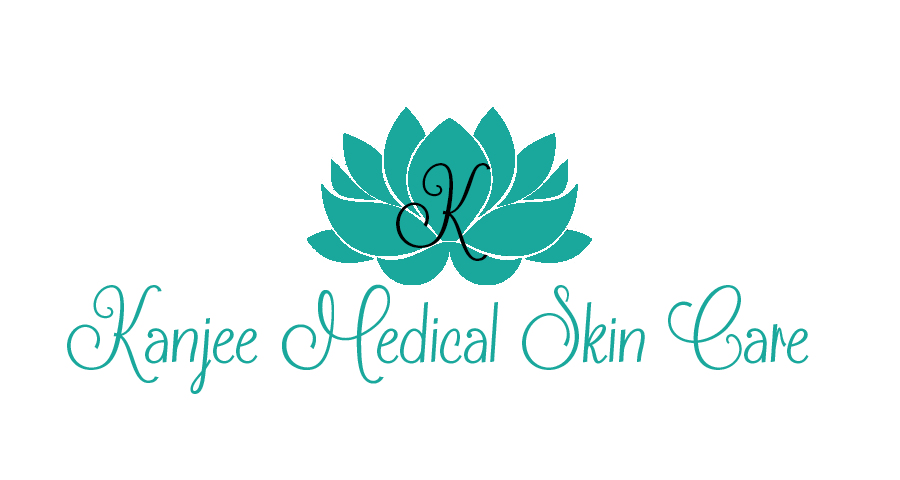Men and women of all ages are susceptible to stretch marks, particularly if the skin is lacking in collagen or has been exposed to excess UV rays, such as during tanning. Stretch marks are often seen as a female-only concern but in reality stretch marks are not a gender-specific problem. Applying Vitamin E moisturizers and following the basics of sun safety will support skin’s natural collagen production and elasticity.
Stretch marks are common in pregnancy, with excessive weight gain and muscle building . Changes in the body during puberty because of growth spurts can lead to an increased risk of stretch marks. Application of corticosteroid creams can also affect the skin’s collagen levels, leading to thinner skin and boosting the risk for scarring.
While it’s easier to prevent stretch marks in the first place, once they have formed there are still ways to diminish their appearance. For new stretch marks, microdermabrasion and mesotherapy may be an option to stimulate new skin growth and minimize their appearance. For late-stage stretch marks, NanoFractional Radio Frequency (RF) treatments with Venus Viva are an effective option. This skin resurfacing technology helps to reduce the appearance of skin damage and improve texture by delivering heat energy below the skin’s surface using tiny pins, which creates micro-dermal wounds. These wounds send a signal to the body to start the natural healing process, repairing skin and reducing the appearance of stretch marks in the process.
